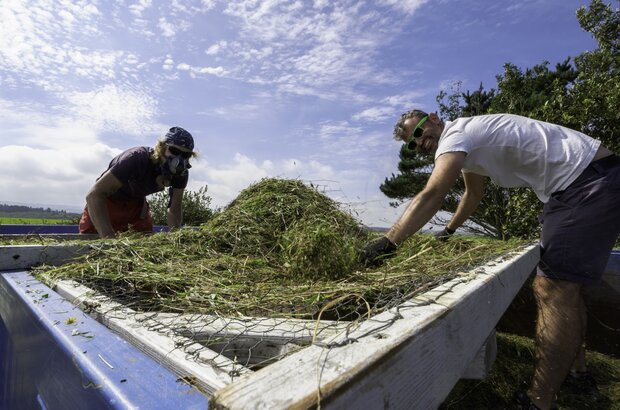Farming in Protected Landscapes programme extended until 2026

Farmers and land managers in England’s protected landscapes can now apply for funding from the Farming in Protected Landscapes (FiPL) programme until March 2026.

Farmers and land managers in England’s protected landscapes can now apply for funding from the Farming in Protected Landscapes (FiPL) programme until March 2026.

In this guest post, Seán O’Hea shines a light on Cornwall National Landscape's Farming in Protected Landscape project.

In this Farming in Protected Landscapes (FiPL) spotlight post, Rebekah Newman, tells the story of Tom Mills and Bubnell Cliff Farm in the Peak District National Park. Tom used FiPL funding to realise a new vision for his farm.

As part of the Farming in Protected Landscapes (FiPL) programme, managed locally by the North York Moors National Park Authority, funding has been allocated to several projects within Fryup Dale. In this post, the project team shares its work to improve water quality in the North York Moors, from wetland creation to enhancing farm infrastructure.

In the latest Farming in Protected Landscape (FiPL) project spotlight, I shine a light on the work of the Central Dartmoor Farm Cluster.

In this Farming in Protected Landscapes spotlight post, we hear from Juliette Howlett of the Broads Authority. Working with the Waveney Farming Cluster, this FiPL project seeks to improve the efficiency of nutrient use and reduce nitrate and phosphate pollution.

Since launching in 2021, the Farming in Protected Landscapes programme has funded 3,000 projects across England. Together, these projects have created and improved more than 70,000 hectares (ha) of habitat for biodiversity, planted more than 100 miles of hedgerow, more than 100,000 trees and conserved or enhanced 300 historic features, buildings and structures. In this …

Through the Farming in Protected Landscapes programme (FiPL), farmers and land managers can get funding to deliver projects that support and improve National Landscapes (formerly Areas of Outstanding Natural Beauty), National Parks and the Broads. In this post, I'll share an overview of the programme and findings from the recently published Farming in Protected Landscapes …

Published today, the Environmental Improvement Plan sets out the actions we must take to help us restore nature, tackle environmental pollution, and increase the prosperity of our country. In this post, I’ll explain what the Environmental Improvement Plan means in the context of our work and, by extension, what this means for farmers and land managers …

In the second of our series of films from the Lake District, local farm facilitator Danny Teasdale took us to meet Jasmine Holliday. Jasmine is a Farming Officer in the Lake District National Park and she works on the Farming in Protected Landscapes programme. In this video, Jasmine talks about the ambitions of the programme, …